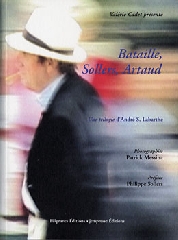Then the white path that runs to the front of the pink skirt of the girl can echo the black crack visible in the empty frame of the mirror and respond in advance to the white band, four pages later fled Night on the image of a highway. No certainty, but the indices. There is no need to guess any. These ordinary miracles obey only the law that he gave. Affected the consistency of the story makes up the cohesion of a discrete interregnum where the chemistry of color and geometry figures invent another story.
André S. Labarthe (text extract)
Nicolas Comment
Auteur, Musicien, Photographe
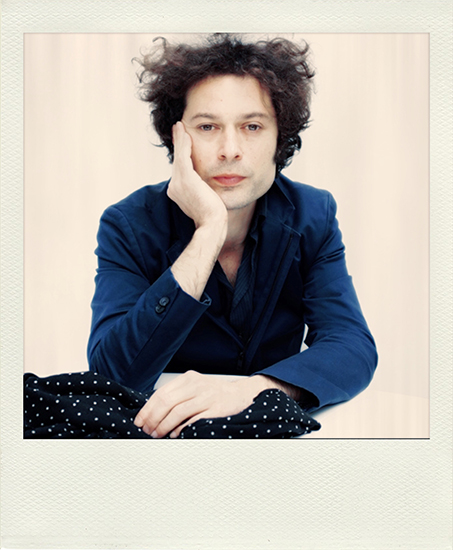
One more Dance
Christophe Acker
Nicolas Comment
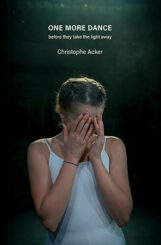
Cavale
Nicolas Comment
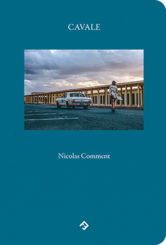
Journal à rebours
Nicolas Comment
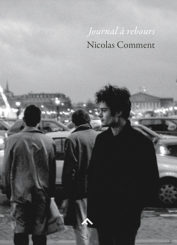
Reverb
Nicolas Comment
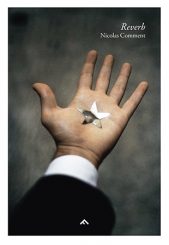
Being Beauteous
Amaury da Cunha, Marie Maurel de Maillé, Nicolas Comment, Anne-Lise Broyer
Léa Bismuth, Yannick Haenel, Etienne Hatt, Jean Deilhes, Hélène Giannecchini

T(ange)r
Nicolas Comment
Gérard Manset
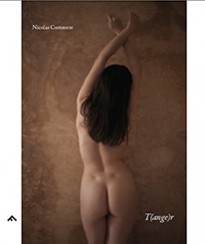
Mexico City Waltz
Nicolas Comment
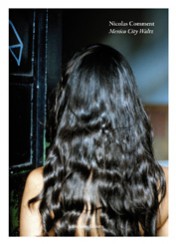
La visite
Nicolas Comment
Danielle Robert-Guedon
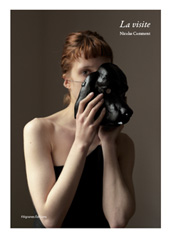
Est-ce l’Est ?
Nicolas Comment
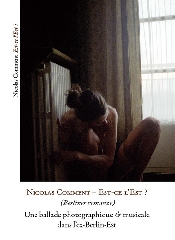
Fading
Anne-Lise Broyer, Nicolas Comment
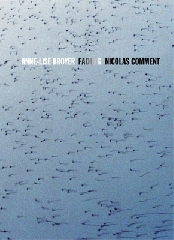
fotograf
Anne-Lise Broyer, Nicolas Comment
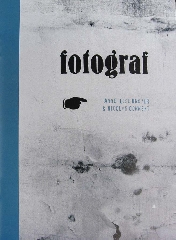
Saison # 21
Vince Taylor
Nicolas Comment
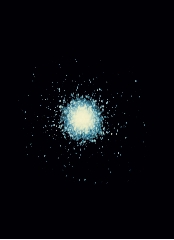
A*** Aurélia
Nicolas Comment
Bernard Noël
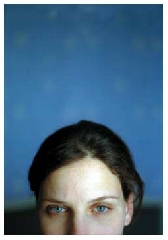
Le triboulet
André S. Labarthe
Anne-Lise Broyer, Nicolas Comment, Gérald Colas
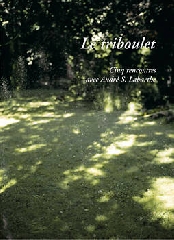
Le point
Nicolas Comment
Bernard Noël
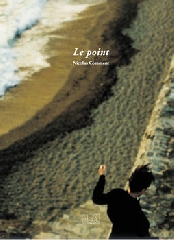
La desserte
Nicolas Comment
André S. Labarthe
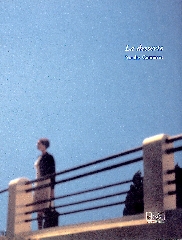
C’est Maquis
Anne-Lise Broyer
Nicolas Comment
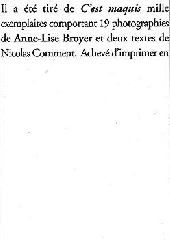
À propos de Jeanne
Nicolas Comment
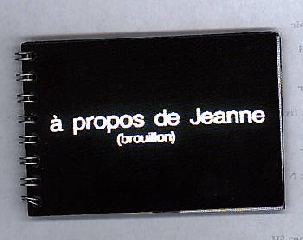
La petite vacance
Anne-Lise Broyer, Nicolas Comment
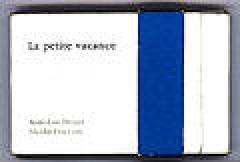
André S. Labarthe
Auteur, Cinéaste

André S. Labarthe began his career as a film critic in the 1950s he met André Bazin, who is seeking to join the writing Cahiers du cinema in 19561. He discovered cinema without the overwhelming passion for the seventh art of Jacques Rivette François Truffaut that are already part of the review. His critical eye will only decide André Bazin to integrate into the team.
Discreet and secret member of the New Wave, alongside the margin, Labarthe is a solitary mind constantly open to the world, freely associating cinema to psychoanalysis, surrealism, dance, literature, eroticism .
His own vision for many will actually contribute to critical positions of Cahiers. Like his colleagues, André S. Labarthe share the same admiration for some directors like Jean Renoir, Howard Hawks and John Ford. It also remains very attentive to emerging cinema and participates in the promotion of the New Wave and the new American directors independent1 (John Cassavetes, Shirley Clarke). The provisions in this regard will also bring to defend the young Italian cinema, sometimes against the advice of some of his colleagues.
In 1964, he began the series “Filmmakers of our time” he coproduced with Janine Bazin and he realized himself several épisodes1. This collection that spans over forty years consists of portraits of 52 minutes renowned filmmakers. The first episode, broadcast on the ORTF in 1964, is directed by Robert Valley and is dedicated to Luis André S. Labarthe Buñuel1 which is very committed and has done much to recognize in the criticism. The collection spreads through television, critical view of the Cahiers and further anchors his reading of cinematic history. […]
